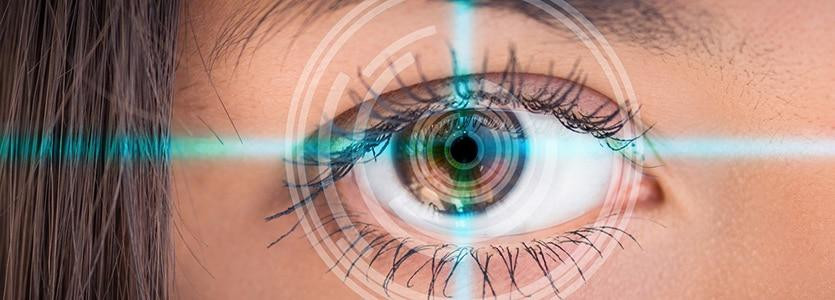Glaucoma is a group of eye conditions that can lead to optic nerve damage, often caused by increased intraocular pressure (IOP). If left untreated, glaucoma can result in irreversible vision loss. Laser glaucoma surgery has emerged as a valuable treatment option, offering effective IOP reduction and better management of this sight-threatening condition. In this article, we will explore laser glaucoma surgery, its various techniques, and the benefits it provides to patients.
Understanding Glaucoma and Its Impact
Glaucoma is often referred to as the "silent thief of sight" because it typically progresses slowly, and most people don't notice symptoms until significant vision loss has occurred. The key feature of glaucoma is elevated intraocular pressure, which damages the optic nerve, leading to vision impairment or even blindness.
Common types of glaucoma include:
Open-Angle Glaucoma: This is the most common form, characterized by the slow clogging of drainage canals, leading to increased IOP.
Angle-Closure Glaucoma: Occurs when the iris blocks the drainage angle, causing a sudden increase in IOP.
Normal-Tension Glaucoma: IOP remains within the normal range, but optic nerve damage still occurs.
Secondary Glaucoma: Develops as a result of other eye conditions or medical treatments.
Laser Glaucoma Surgery: A Solution to Reduce Intraocular Pressure
Laser glaucoma surgery, also known as laser trabeculoplasty, is a minimally invasive procedure designed to lower intraocular pressure by improving the outflow of aqueous humor, the clear fluid that nourishes the eye. This is achieved by using a focused laser beam to treat the trabecular meshwork, which is responsible for draining the aqueous humor.
There are two main types of laser glaucoma surgery:
Argon Laser Trabeculoplasty (ALT): This procedure uses an argon laser to treat the trabecular meshwork, enhancing the drainage of aqueous humor. ALT is often used to treat open-angle glaucoma and can be repeated if necessary.
Selective Laser Trabeculoplasty (SLT): SLT is a newer and more precise form of laser trabeculoplasty that uses a selective laser to target specific cells in the trabecular meshwork. It is considered less damaging to the surrounding tissue and can be used as a primary or secondary treatment.
Benefits of Laser Glaucoma Surgery:
Laser glaucoma surgery offers several benefits for patients dealing with glaucoma:
Minimally Invasive: These procedures are minimally invasive and typically do not require incisions or sutures. Patients experience minimal discomfort and shorter recovery times.
Effective IOP Reduction: Laser glaucoma surgery effectively lowers intraocular pressure in many patients, helping to slow or halt the progression of the disease.
Low Risk of Complications: The risk of complications associated with laser glaucoma surgery is relatively low compared to traditional surgical interventions, such as trabeculectomy.
Quick Procedure: The surgery is quick, often taking only a few minutes to complete, and can be performed in an outpatient setting.
No Need for Medication: Some patients may be able to reduce their reliance on glaucoma medications after undergoing laser surgery, leading to cost savings and reduced side effects.
Repeatability: In cases where the initial procedure does not achieve the desired IOP reduction, laser glaucoma surgery can be repeated.
Adjunctive Treatment: Laser glaucoma surgery can be used as an adjunctive treatment alongside medications or other surgical interventions to optimize IOP control.
What to Expect During Laser Glaucoma Surgery:
The laser glaucoma surgery process typically involves the following steps:
Preparation: The eye is numbed with local anesthesia, and a special lens is placed on the eye to help focus the laser.
Laser Treatment: The ophthalmologist uses the laser to apply precise energy to the trabecular meshwork. This takes only a few minutes and is virtually painless.
Post-Procedure: After the procedure, patients may experience mild discomfort, light sensitivity, or blurred vision, which usually resolves within a day or two.
Follow-Up: Patients will need to attend follow-up appointments to monitor intraocular pressure and assess the effectiveness of the procedure. Additional treatments or adjustments may be recommended.
For More Info:-






Comments